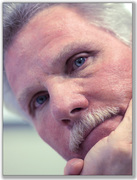|
Chris Fedderson — MacroFine Musings ~~~~~~~~~~~~~~~~~~~~~~~~~~~~~~~~~~ I recently visited my favorite local photography store, Ace Photo. They were having a special event that brought together a number of major camera and lens manufactures for a mini-trade show. I wanted to upgrade some current functionality through either a new lens or possible a new camera system all-together. I’d done a lot of online research but there is nothing like going in-person to see, feel, hold the camera, and to speak to an expert. I could explore Nikon, Canon, Olympus, Tamron, Sigma, and more. I was able to talk with all these experts about the features, capabilities, and compatibilities of their systems. We spend so much time shopping online for what we believe to be the best value, we forget that the most important value may be in exploring all the options in person. In addition to the satisfaction you’ll gain from your purchase, you will likely save money in the long run at your brick and mortar because you’ll get the best choice for you — without having to ‘purchase’ a lot of trial and error. I did get a new set-up, and one that is fully compatible with my existing equipment! So guess who the winner is — besides me . . . I wasn’t unhappy with my current set-up, in fact I really like my current Olympus camera, its features, and the great lenses. But I did want to explore some other options that I didn’t think were offered by Olympus. Turns out they had more functionality available on their new cameras/lenses than I’d realized. WooHoo! When choosing a new camera, there are a number of things you’ll want to consider before you get to an event so you can focus on what’s right for you. New equipment is really fun and exciting but can be daunting, so be sure to consider the following:
There is a lot to think about and learn before you can snap that first great shot with your new set-up. Do your research. Talk to people in-the-know. Visit a trade show or an event like this one we attended at Ace Photo. This event was amazing. It was small and very ‘do-able’. Service was great. Information was plentiful and readily accessible. And, we really enjoyed purchasing from, and supporting, a local store. Thank You for visiting, — Chris P.s. How do you do your research? Do you know of any trade shows or other events coming up that others would find beneficial? Share your thoughts in the comments so we can all make better informed choices!
3 Comments
Chris Fedderson — MacroFine Musings ~~~~~~~~~~~~~~~~~~~~~~~~~~~~~ Are you ridiculously wealthy? Then stop reading now. You can afford whatever you want. 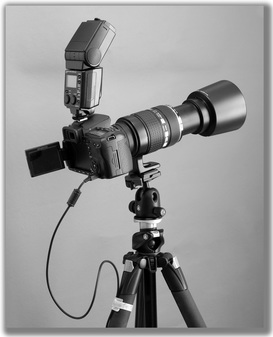 But if you’re one of the rest of us, then money matters. And if your dream camera is just a bit out of your reach, do not despair... you don’t need to get every piece of equipment that you want, right now. I acquired the six pieces shown here over the course of a few years. [Olympus E-30 body; 50-200 Telephoto-Zoom; Extension tube; Flash (ring not shown); Cable release; Tripod with ball head and quick release brackets] Also, as for your 'right now' purchases, you have options and alternatives . . . You can shop for last year’s model, demo/open box, used, or refurbished cameras, lenses, accessories, and more. There are pros and cons to each option so figure out what features are — and are not — negotiable among the voices in your head, and then start shopping!
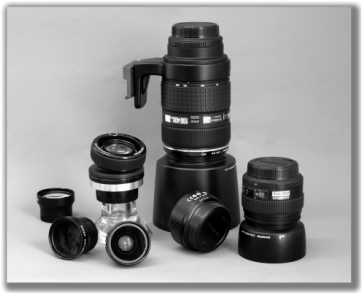 _
Adorama, one of the big online camera / computer / video / etc. sources, published a good article recently talking on this subject and which offers a more in-depth treatment of it… But what if you’re not a photo-gearhead and don’t yet know exactly what camera and lens you want? Rent one! Yes, you can rent cameras of all kinds so you can try out various makes and models, kick the tires, take them for a spin, see what your friends think. You’ll likely refine your list of wants, desires, must-haves, don’t-needs, etc., so when you do purchase you’ll be more on the mark regarding what equipment you actually want and need. Not to mention you’ll become a whole lot more comfortable in the vast world of Cameradom so you and your soon-to-be-purchased new camera will start your life together a step or two ahead on the familiarity curve. Thank You for visiting, — Chris P.s. Did you go with one of these options? I hope it went well, but tell us if it didn’t, we can all use the insight. Did you rent and refine your wish-list? Did you change your first choice to one better suited to you? Let us all know in the comments and we’ll compare notes. Chris Fedderson — MacroFine Musings [This post is an elaboration on the third point I made in my post of November 10, 2015, Five ways to raise your photo IQ (Interest Quotient)] ~~~~~~~~~~~~~~~~~~~~~~~~~~~~~~~~~~~~ But not just any light . . . Is it sunlight? Fluorescent light? Candle light? Side light? Back light? Bright light? Diffused light? Colored light? Mottled light? Half-shadowed light? It gets worse… what temperature is the light? I don’t mean is it a hot day or a freezing day, but rather, what is the Kelvin Color Temperature? From Wikipedia: The color temperature of a light source is the temperature of an ideal black-body radiator that radiates light of comparable hue to that of the light source. What does that mean?! Yeah, I don’t know either. At least not in all its Technicolor Glory. In general terms, though, the Color Temperature that White Balance refers to is where a particular light falls on a scale from warm to cool, and covering this fully would be a book in itself. Your camera manual will likely have a chart showing this relationship — at least with regard to how it meshes with your camera’s setting choices. I’ve shown a simple chart here, but if you really want to read in-depth, you might start with Wikipedia or these guys or maybe these other guys. Since I do most of my shooting outside in daylight, and since daylight white balance is probably the easiest color temperature for the camera to determine, I often delegate this chore to the camera’s computer. I use Auto-WB a vast majority of the time. But, I do look at the different WB settings available to see what differences it might make. These shots show the camera overlaying the menu control on the monitor image to give you an indication of what the specific WB setting will produce. It is only an indication, though, so experiment to see how this might enhance your imagery.
You can also set a custom WB. Probably most applicable to strict studio work where you don’t have pure daylight but maybe a mix of daylight from a window (a very, variable light source) mixed with artificial light from incandescent or fluorescent lights of who-knows-what temperature, and possibly your flash added in. You’ll find the instructions to do this in your camera manual. So after all that, you decided to just use Auto White Balance? OK, but you’re not out of the woods, yet! There are still potential issues related to an over abundance of — or lack of — light on and around your subject, i.e., the quantity of light.
These problems can all be addressed by one, or both, of two solutions. You need to either add light or you need to reduce light at a given spot. I’m not going to cover flash here — that, too, could be a book in itself — but rather some techniques for rearranging the available light; for bringing light to a subject and for reducing the light falling on your subject. Of course you can buy all sorts of reflectors, shades, umbrellas, diffusers, and don’t even start talking about light sources! But you can also do a very serviceable job with little-to-no expense.
When you want to expand on these light-altering techniques, there are more things you can try: metering tricks, exposure compensation, and of course, flash and other external light sources. So try everything you can think of, and have fun experimenting! This image, Lily Grace, shows use of metering to achieve unique lighting. I’ll cover use of metering in a future post . . . So Don’t Touch That Dial!
Thank You for visiting, — Chris P.s. What really Outside-the-Box things did you try? What worked? What didn’t? What gave you great — unexpected — results? What are you going to try next? 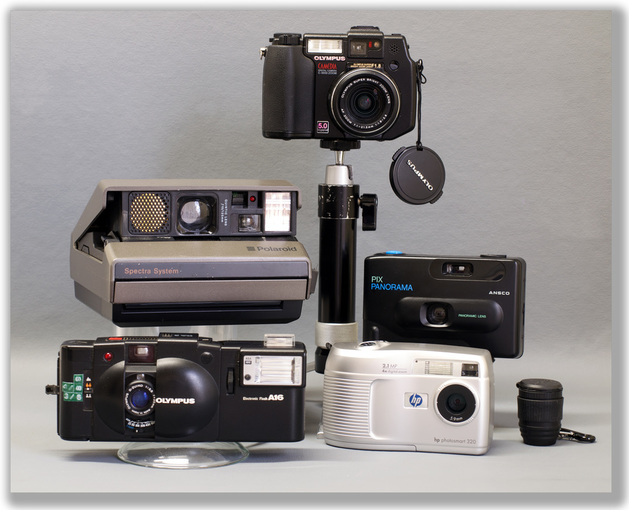 We've Come A Long Way In Entry-Level Cameras! We've Come A Long Way In Entry-Level Cameras!These Are Some Of Mine. Chris Fedderson — MacroFine Musings ~~~~~~~~~~~~~~~~~~~~~~~~~~~~~ “No, really, I’ll be careful with it. Really, I will.” — Every Kid On The Planet So, your middle-schooler wants to take up photography… SUPER! Couldn’t be better! Photography is a great growth tool:
I’ve got good news… and bad. First, the good. We’re digital now so you won’t need to buy endless rolls of film. The bad? You still need to buy your Kiddo a good First Real Camera. Hey, more good news! You don’t need to go overboard here. Kiddo is at the bottom of the learning curve, no need to overwhelm ‘em. There are plenty of good, affordable entry level choices out there. Before you delve too deeply into this, consider your child’s personality and temperament. Is Kiddo an active, get-out-there-and-just-do-it type? Or maybe a bit more of a brainiac; more inclined to want to know how things work? Is your child into Facebook and Twitter, always wanting to be ‘social’ and sharing? These sorts of assessments will guide your equipment choices. In any case, first you will want to ignite in your child a keen interest in the end result. That being the idea of photography, of reproducing — or creating — images that tell stories or carry emotions. Your child will need a tool to help them achieve this without a ton of… eeuuwww… work. As they develop a keen interest in becoming a Photographer, so will they develop an interest in how to become one; and an interest in more capable equipment. Now I admit, I am no Equipment Guru, so I need to defer to the experts here. There are a bazillion internet sources for you to research this. But let me get you started with a good article from Adorama’s newsletter. Figure out where Kiddo sits on the equipment issue and you’ll be steps ahead in finding age- and personality-appropriate cameras. A side note here concerning what focus (yes, pun intended) Kiddo’s photography will take. Encourage your budding photographer to shoot anything and everything. To carry the camera everywhere. To try shooting architecture, portraits, animals, plants, textures, mechanical, food, bugs, stars, fireworks, motion, sports, landscapes, pets, close-up, far-away, cityscapes, countrysides, still life, studio set-ups, storms, clouds… and yes, even Selfies; there is something to be learned from every shot taken. Soon Kiddo will start to discover a photographic preference developing (yes, intended, again!) and will start to hone the skills to excel at that chosen endeavor. Thank You for visiting, — Chris P.s. So, which camera did you choose? Why? Where did you purchase it? How’s Kiddo doing with it? What genre of photography is Kiddo homing in on? Is Kiddo famous, yet? Go crazy in the comments and let’s compare notes. |
Categories
All
About Chris
I am a Virginia-based photographer and gather my images while hiking in parks and natural areas here at home and in the locations I travel to. I also love to visit arboretums and botanic gardens to find unusual and exotic subjects. Archives
March 2017
|
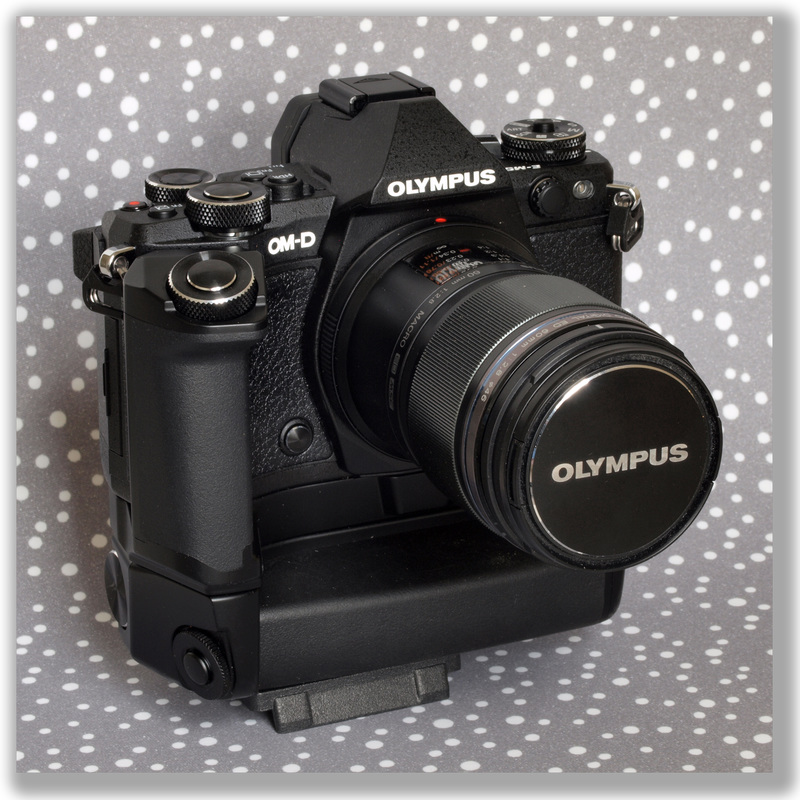
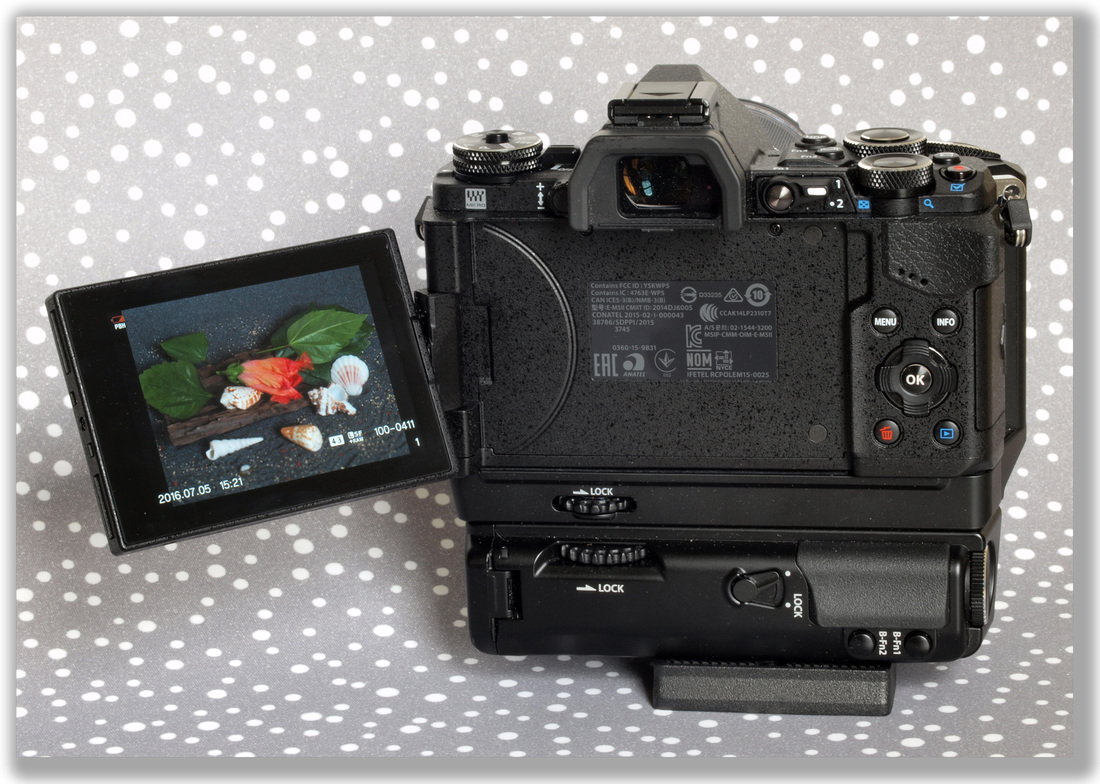
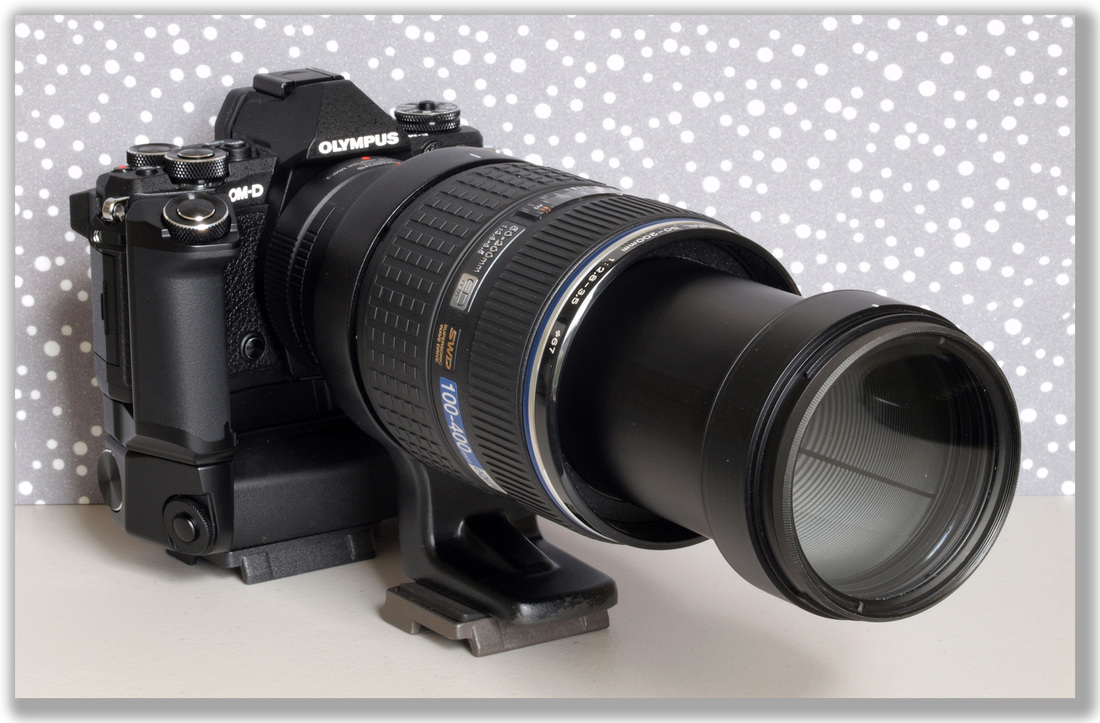
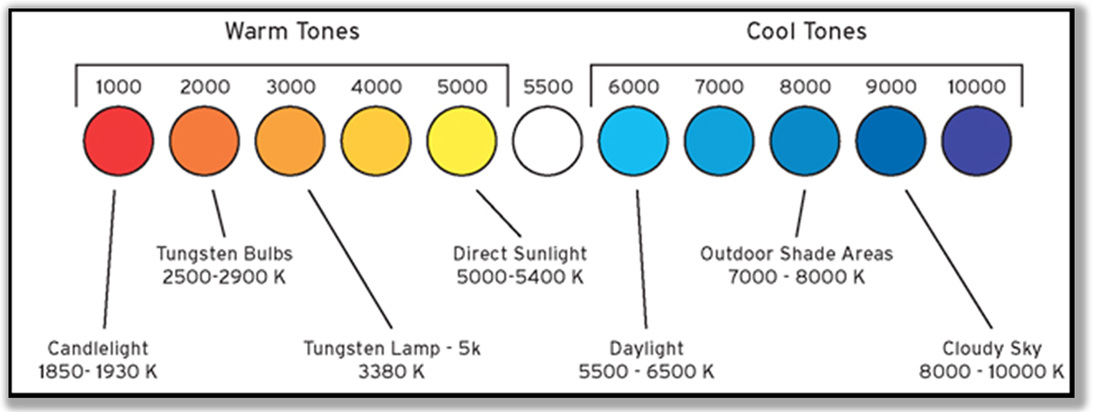
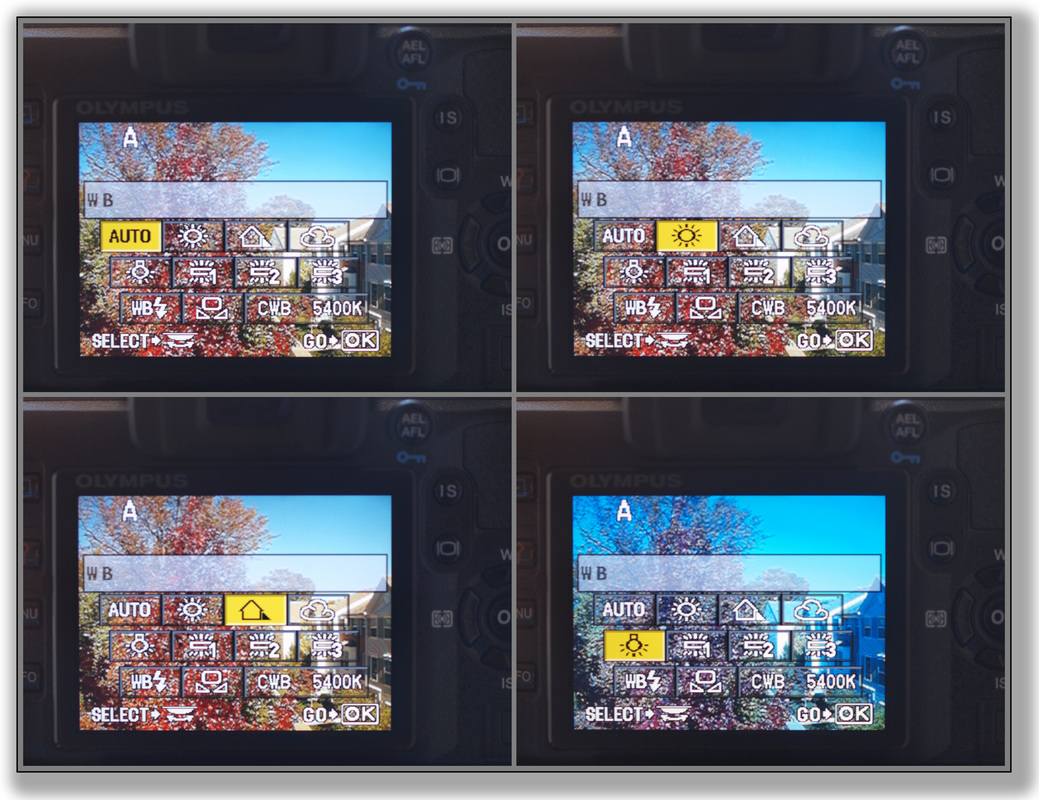
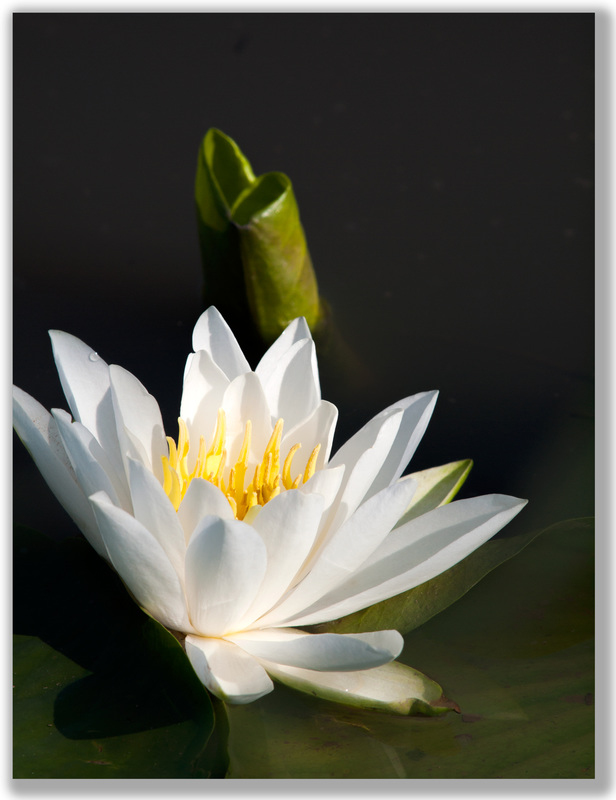
 RSS Feed
RSS Feed
